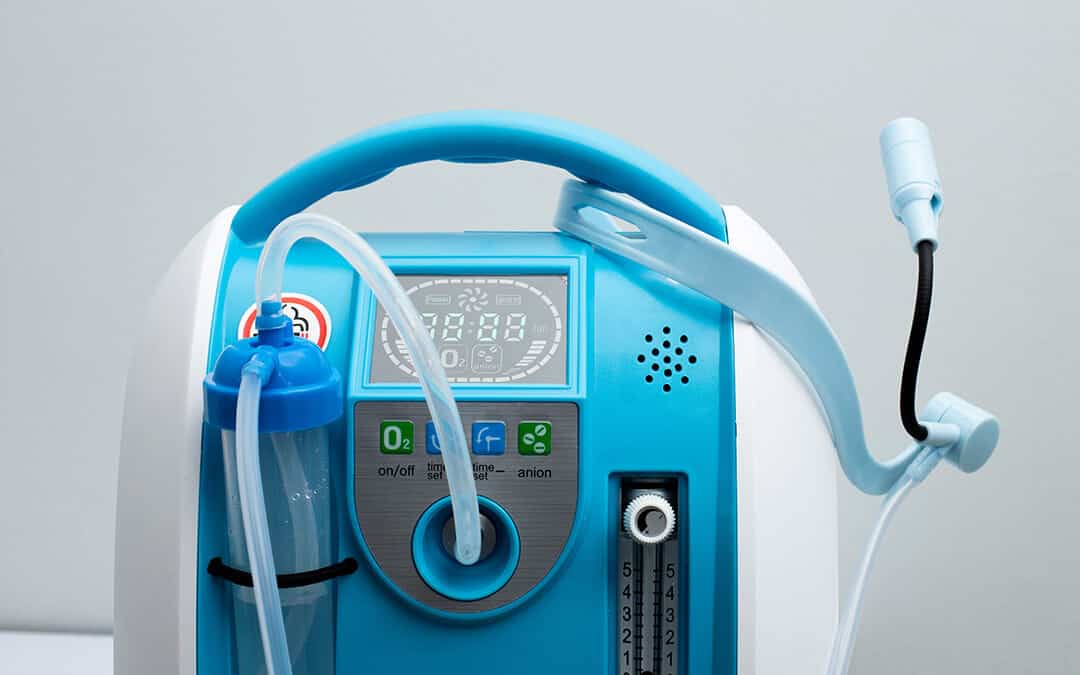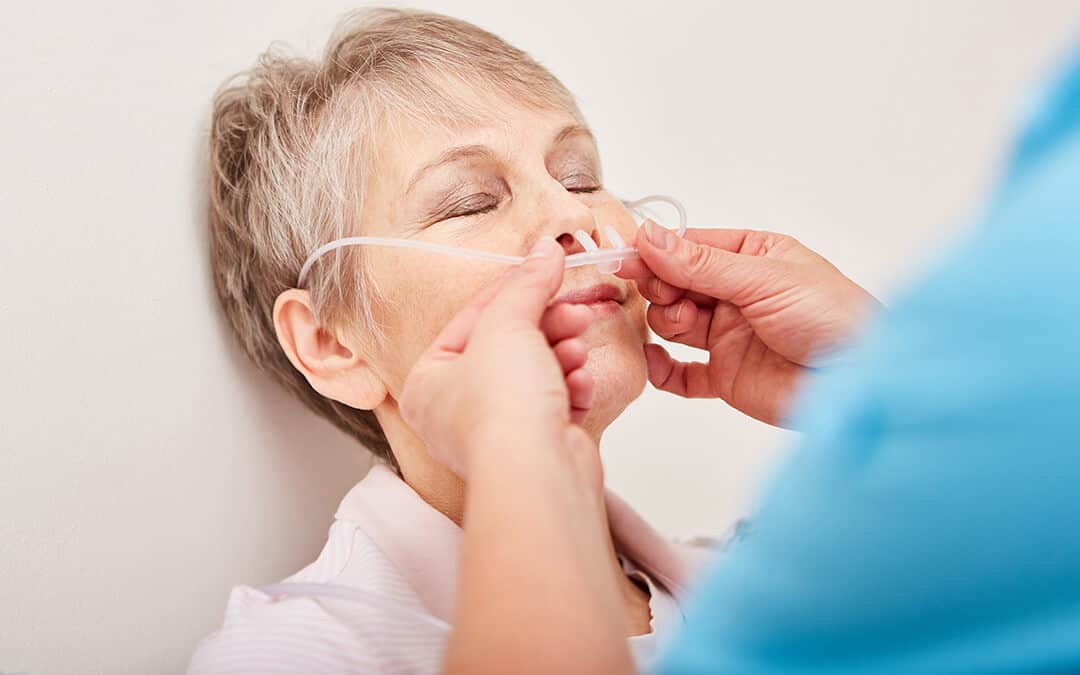As humans, we breathe oxygen to survive. Though it makes up little more than 20% of the air we breathe (the majority of which is nitrogen), oxygen is vital to the proper functioning of our bodies – our hearts and brains included. Oxygen is required for cell metabolism, which keeps our organs working as they should. When our regular breathing is not giving our bodies the level of oxygen we need, we experience impaired lung function as shortness of breath. Cardiac or respiratory failure are common causes of breathlessness.
Oxygen therapy is the use of supplemental oxygen to treat respiratory and pulmonary conditions caused by low oxygen levels. Oxygen therapy supplements the oxygen needed for normal breathing when our bodies aren’t able to do it on their own. Supplemental oxygen alleviates the discomfort of shortened breath by replenishing the oxygen necessary for the body to function normally.
A Tried And True Treatment
Oxygen therapy was introduced to medical practice in the 19th century – and for the past hundred years, it has been a standard respiratory and pulmonary treatment administered in hospitals around the world. Today, oxygen therapy is prescribed to treat conditions such as asthma, chronic obstructive pulmonary disease (COPD), chronic bronchitis, emphysema, pneumonia, pulmonary and cystic fibrosis, and lung cancer. Outside of medical use, oxygen therapy also has application in dental and veterinary practices.

For chronic and acute cases of lung impairment, oxygen therapy is an effective treatment both in and out of the hospital. The amount of supplemental oxygen needed is determined by a doctor, who prescribes an oxygen saturation level and sets a flow rate for the amount of oxygen needed per minute. The doctor also determines frequency and longevity of use, along with the type of equipment needed for treatment. Doctors instruct patients on how to use oxygen equipment at home and monitor their own oxygen levels.
Oxygen On The Go
Supplemental oxygen is typically delivered through a nasal cannula – a flexible, pronged tube that rests beneath the nose – or a face mask that covers the nose and mouth. Medical-grade oxygen flows from an oxygen concentrator or an oxygen tank, which regulates the release of pressurized oxygen. As oxygen enters the lungs, it goes into the bloodstream, regulating the functions of the body.
Oxygen cylinders (tanks) are available in a range of sizes, for use at home, on the go, or in the hospital. For people with chronic lung conditions, oxygen therapy enables a more active, mobile lifestyle. Portable oxygen units allow supplemental oxygen to be taken anywhere.
Giving oxygen therapy patients the freedom to manage their own supplemental oxygen treatments in the comfort of their homes helps keep hospital beds free, alleviating pressure on physicians and other inpatient healthcare providers. In the era of COVID-19, oxygen therapy is helping thousands of non-critical patients recover at home, using portable oxygen equipment, rather than staying in the hospital.

To Supplement As Needed
Depending on the severity of the condition, supplemental oxygen treatments may only be needed at certain times of day, or during periods of high physical activity. In other cases, supplemental oxygen may be necessary to help regulate breathing throughout the entire day, or while sleeping. For severe cases of COPD, long-term oxygen therapy may be prescribed.
People who experience low oxygen levels can benefit from oxygen therapy both physically and mentally. Eliminating the feeling of breathlessness allows a more active, mobile lifestyle. Oxygen therapy also reduces the anxiety and discomfort that come with shortness of breath.
Our quality of life improves when we are able to breathe freely. Medical oxygen is available to alleviate impaired lung function. Contact CalOx to learn more about their supplemental oxygen tank delivery and equipment maintenance services.
